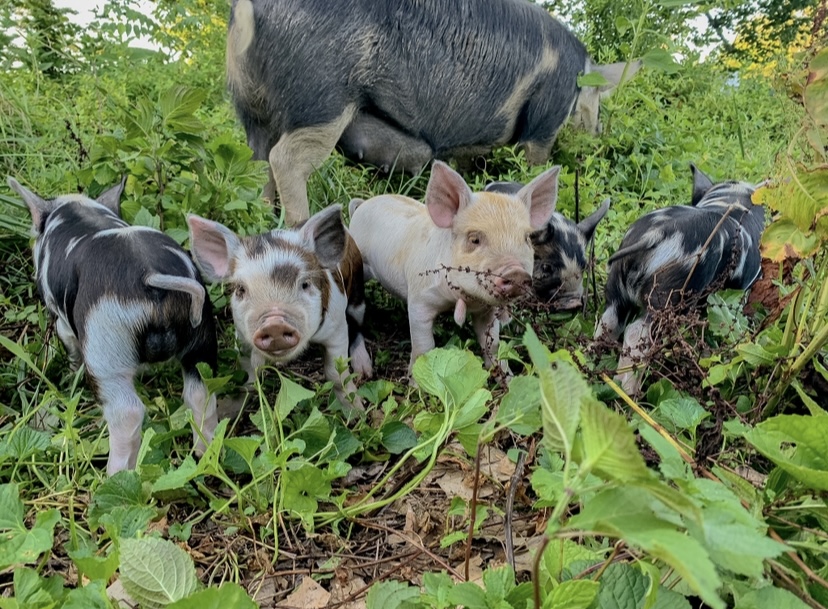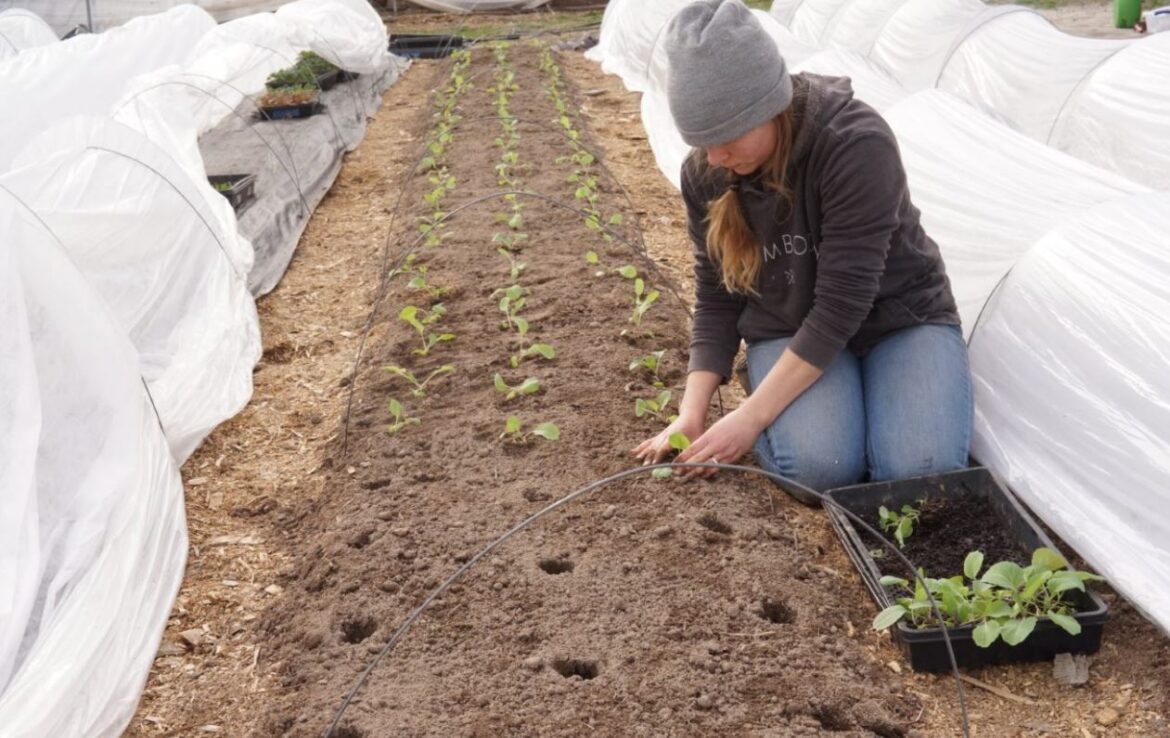On our farm we use the term “holistically grown” for a reason. Regenerative farming is a holistic approach that seeks to restore soil health by mimicking natural ecosystems. Instead of relying on synthetic fertilizers, pesticides, and tillage, regenerative farmers use practices that work with nature to build soil fertility, prevent erosion, and promote biodiversity. These practices include cover cropping, crop rotation, minimal tillage, composting, and grazing management.

Regenerative farming practices have been gaining popularity in recent years, as more farmers recognize the importance of restoring soil health. Soil is the foundation of agriculture, and healthy soil is essential for growing healthy crops. Unfortunately, modern agricultural practices have depleted soil nutrients and destroyed soil structure, leading to erosion, desertification, and other environmental problems.
One of the key methods that regenerative farming restores soil health is using cover crops. Cover crops are plants that are grown specifically to protect and improve soil health, rather than for harvest. They help to prevent erosion, build soil organic matter, and suppress weeds. Cover crops also play a vital role in sequestering carbon from the atmosphere, which helps to mitigate climate change. An important part of cover cropping is diversity. Different cover crops add different nutrients back to the soil. We use cover crops in our beds before planting the next “cash” crop. This allows us to plant or transplant new crops into a rich soil environment full of nutrients.
Though we don’t practice this method, another important practice in regenerative farming is crop rotation. Crop rotation involves alternating the crops grown on a particular field each year, rather than growing the same crop in the same place year after year. This helps to break up disease cycles, prevent soil-borne pests and diseases, and replenish soil nutrients. Different crops have different nutrient requirements, so rotating crops helps to balance soil fertility and prevent nutrient depletion.
Minimal tillage is another important practice in regenerative farming. Although we did initially till our pasture before starting our market garden, we are moving toward a no-till or minimal till practice. Tillage disrupts soil structure and can lead to erosion and nutrient loss. By reducing or eliminating tillage, regenerative farmers allow soil microorganisms to thrive, which helps to build soil structure and fertility. This also helps to reduce soil erosion and improve water infiltration. Our initial tillage of the pasture was to break up the heavily compacted ground from decades of over grazing.
Speaking of grazing, grazing management is another important practice in regenerative farming. Grazing animals can help to build soil fertility by cycling nutrients back into the soil through their manure and urine. However, overgrazing can lead to soil compaction and erosion like we’ve experienced. Regenerative farmers use rotational grazing to ensure that livestock have access to fresh pasture while allowing the soil to rest, recover, and improve soil health. At Five Cardinals Farm, we are slowly adding more animals to our operation, but we still practice rotational grazing with the animals we have.

Lastly, but probably our favorite method, compost. Compost is a valuable organic material that helps return nutrients to the soil while eliminating waste. We create our own compost on the farm using a variety of methods. Using kitchen scraps, garden waste, yard debris, and animal manure to make some of the richest compost to add to our beds.
As mentioned before, regenerative farming offers a holistic approach to restoring soil health. By using practices that work with nature and not against it. We use regenerative farming to build soil fertility, prevent erosion, and promote biodiversity to create healthy and sustainable agricultural systems that benefit both the environment and our local community.






